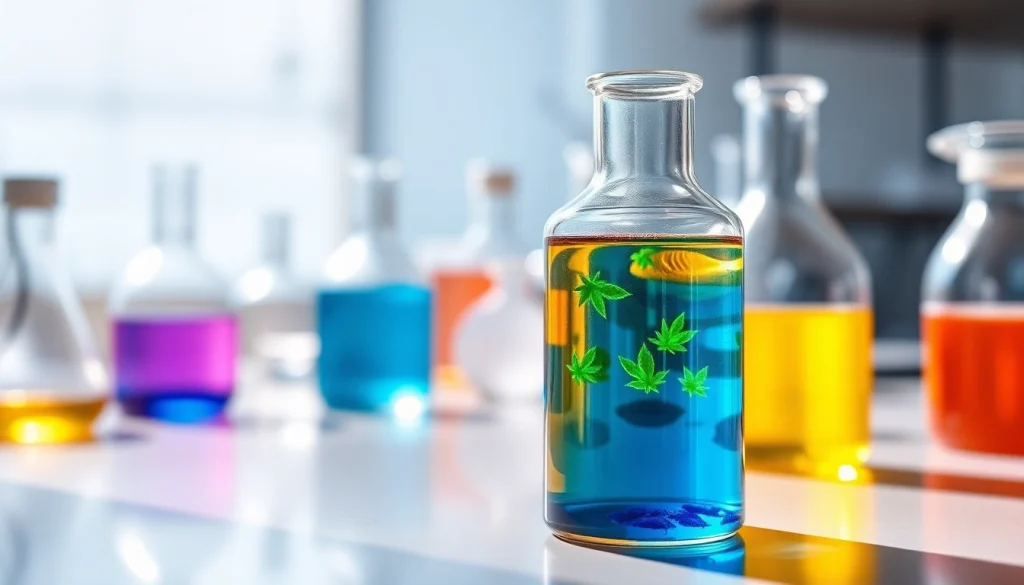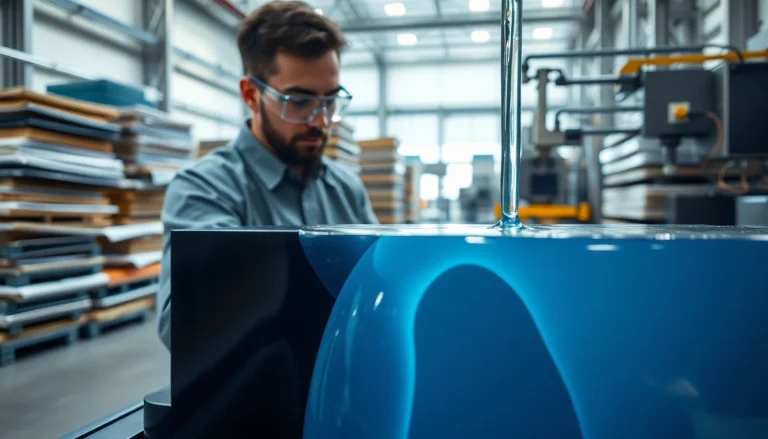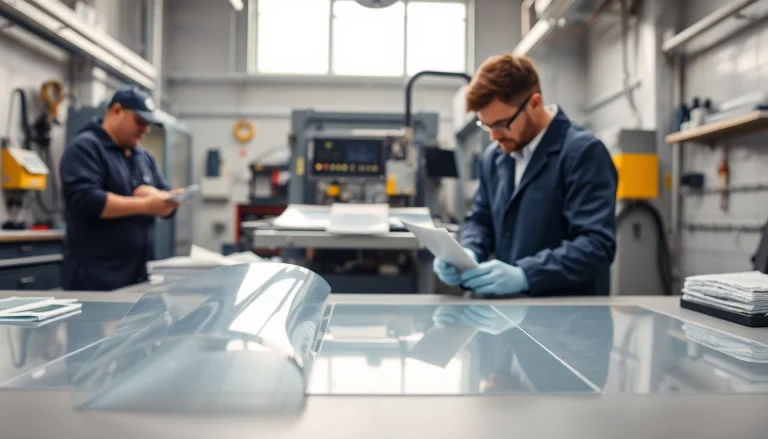
1. Introduction to Infusion Resins
Infusion resins are a critical component in the production of advanced composite materials, offering a range of properties that make them ideal for various applications. They are specifically formulated to work efficiently in infusion processes, where the resin is introduced into a fiber layup under vacuum conditions. This method allows for excellent control over the resin flow, resulting in composites with superior mechanical properties and surface finishes. Understanding the nuances of infusion resins is essential for manufacturers looking to maximize the performance of their products in industries such as aerospace, automotive, and marine.
1.1 What are Infusion Resins?
Infusion resins are specially formulated polymers used in composite manufacturing, particularly in processes like vacuum infusion, where air is evacuated from a mold or part to assist in the efficient distribution of resin. These resins are characterized by their low viscosity, allowing them to flow easily into the fiber matrix. This flowability is crucial for achieving thorough wet-out of the reinforcement materials, which can include carbon fiber, fiberglass, and aramid fiber. The result is a composite that is both lightweight and strong, suitable for high-performance applications.
1.2 Benefits of Using Infusion Resins
- Enhanced Mechanical Properties: When cured, infusion resins provide excellent strength-to-weight ratios, crucial for industries requiring high-performance materials.
- Improved Process Efficiency: The vacuum infusion process reduces the chances of air entrapment, leading to fewer defects and a more consistent product.
- Reduced Waste: Infusion processes allow for more precise resin usage, minimizing excess during production, which is both economical and environmentally beneficial.
- Versatility: Infusion resins are suitable for various applications, from wind turbine blades to automotive components, adding to their market appeal.
1.3 Common Applications in Industries
Infusion resins are utilized across multiple industries due to their versatile properties. Common applications include:
- Aerospace: In aircraft construction, infusion resins are used to create lightweight yet durable structures that meet stringent performance requirements.
- Automotive: The automotive industry employs infusion resins to manufacture components such as body panels and frames that enhance fuel efficiency.
- Marine: Boats and yachts utilize infusion resins for hulls and decks, providing strength and resistance to harsh marine environments.
- Wind Energy: Wind turbine blades benefit from infusion resins to achieve the necessary structural integrity and aerodynamic efficiency.
2. Key Properties of Infusion Resins
2.1 Viscosity and Flow Characteristics
The viscosity of infusion resins is a crucial property that influences their flow characteristics. Low viscosity resins are preferred in infusion processes as they can be easily drawn into the fibers under vacuum conditions. This allows for even distribution throughout the reinforcement material, ensuring optimal wet-out and reducing the risk of dry spots.
2.2 Curing Time and Temperature Effects
Infusion resins are formulated to cure at various temperatures, which can significantly affect their processing and final properties. Understanding the curing kinetics helps manufacturers control the resin’s pot life, allowing ample time for application while ensuring timely curing. Additionally, temperature can affect the mechanical properties of the final composite, making it crucial to optimize both environmental and resin conditions.
2.3 Durability and Performance Metrics
The durability of composites made with infusion resins is often measured through their resistance to environmental factors, including moisture, UV light, and temperature changes. Performance metrics such as tensile strength, flexural strength, and impact resistance are critical in determining how well a composite will hold up under operational conditions. Thorough testing of these metrics is essential for validating the use of specific infusion resins in high-performance applications.
3. Best Practices for Using Infusion Resins
3.1 Surface Preparation Techniques
Proper surface preparation is vital for ensuring good adhesion between the infusion resin and the substrate. This may include sanding, cleaning, and applying surface treatments to enhance bonding. Always follow industry-standard practices to achieve optimal results, as the surface condition directly impacts the strength and durability of the final composite.
3.2 Mixing and Application Procedures
The mixing of infusion resins must be conducted with precision. It is essential to follow the manufacturer’s guidelines concerning mixing ratios and procedures to avoid inconsistent curing and performance issues. Additionally, the application of the resin into the fiber structure should be performed carefully, ensuring no air pockets form during the infusion process.
3.3 Safety and Handling Guidelines
Safety should always be a priority when working with infusion resins. These materials can contain harmful chemicals, necessitating personal protective equipment (PPE) such as gloves, eye protection, and respiratory masks. Proper storage of uncured resins is also critical, as exposure to moisture and contaminants can negatively affect performance.
4. Troubleshooting Common Issues
4.1 Identifying Pitfalls in Infusion Processes
Infusion processes can occasionally encounter issues that affect the quality of the final product. Some common pitfalls include incomplete wet-out of fiber, excessive voids, and surface imperfections. Identifying these issues early can prevent further complications down the manufacturing line.
4.2 Correcting Flow Problems
Flow problems can arise when the resin is unable to reach all areas of the fiber layup. Solutions include adjusting the placement of feed lines, increasing vacuum pressure, or using a lower viscosity resin. Each scenario requires tailored approaches to ensure complete saturation of the reinforcement material.
4.3 Addressing Quality Control Challenges
Quality control in infusion resin processes involves systematic checks from the onset of resin preparation to the final curing stage. Implementing robust monitoring protocols can help identify variation and prevent defects, ensuring that components meet industry standards and performance criteria.
5. Future Trends in Infusion Resins Technology
5.1 Innovations in Resin Formulations
The field of infusion resins is continually evolving, with innovations aiming to create resins that offer better performance and sustainability. New formulations are being developed to enhance mechanical properties, reduce cure times, and improve the environmental impact of the resin production process.
5.2 Sustainable Practices and Eco-Friendly Options
As industries shift towards more sustainable practices, there is a growing demand for eco-friendly infusion resins. This includes the development of bio-based resins and systems designed to minimize waste and energy consumption during the manufacturing process, aligning with global sustainability goals.
5.3 Market Outlook and Growth Opportunities
The market for infusion resins continues to expand, driven by advancements in composite manufacturing technologies and increasing demand for lightweight materials across various sectors. As these trends develop, new opportunities will arise for manufacturers who can leverage the benefits of infusion resins efficiently.






